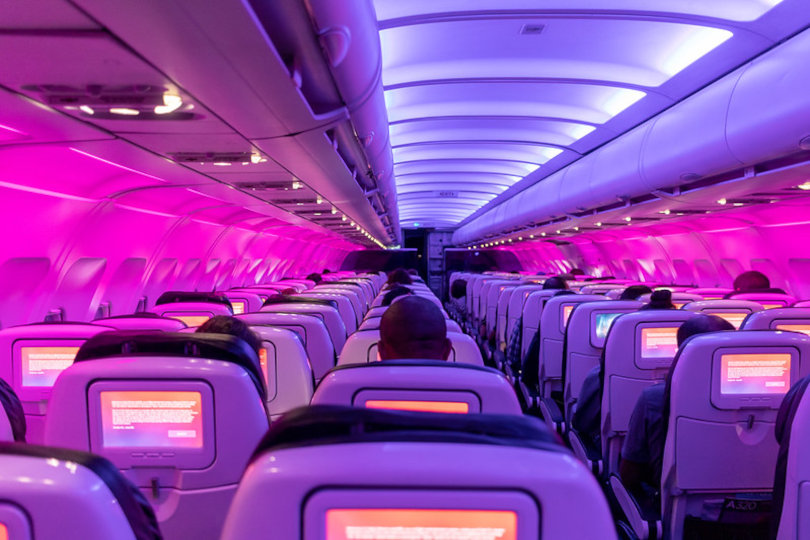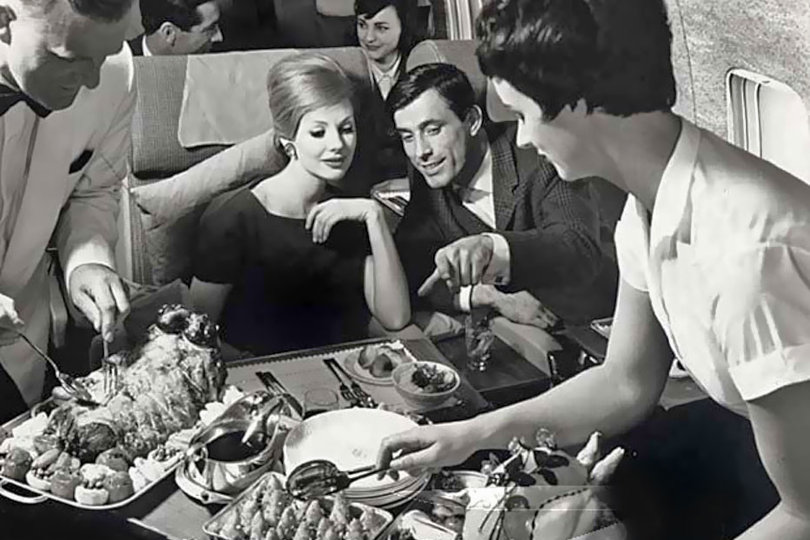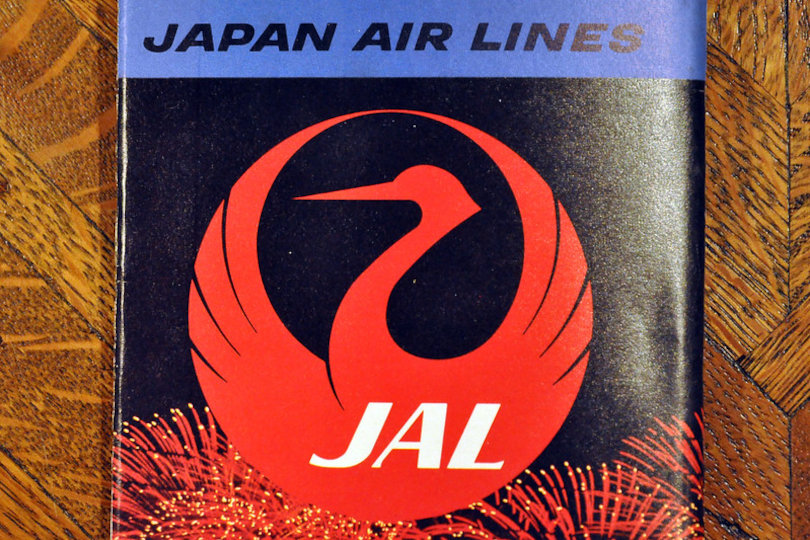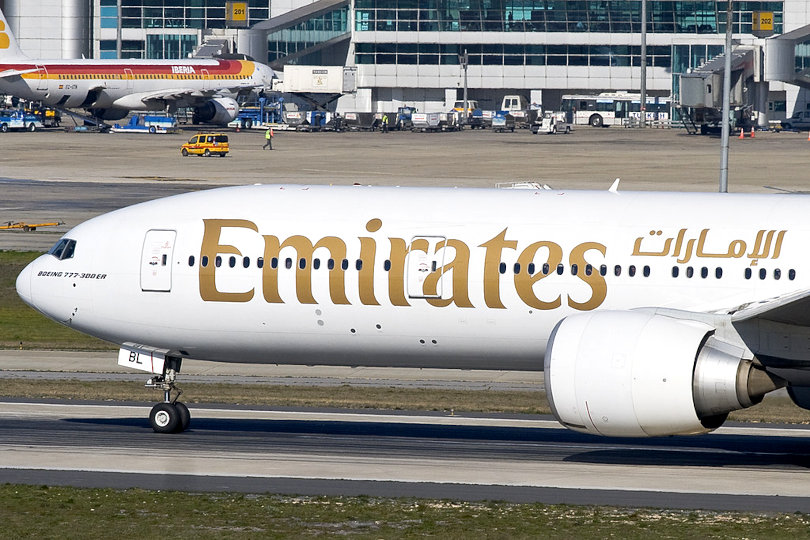Let’s face it: traveling over the last couple of decades has not been a particularly fun experience. Sure, it’s great to sit on a faraway beach or hang out with family in another city, but the process of getting from point A to point B is anything but pleasant.
After the 9/11 attacks in the United States, airport security made it inconvenient to fly anywhere – passengers had to show up at airport hours before their scheduled flight times, and long security lines provided hours of frustration.
And then in late 2019 the COVID-19 pandemic hit.

For the last two years, flying has gotten even less enjoyable as travelers have had to undergo nasal swabs, random screenings, and mandatory mask policies. Is there any way that we can return to the golden age of travel, where passengers actually enjoyed the process of moving between cities?
Sadly, the answer is probably no. The economics of air travel have radically changed, and the prevalence of inexpensive tickets has come at a cost: the erosion of the travel experience for people who fly in coach class (business and first-class travelers have it much easier than the rest of us). All you need to do is look at a travel magazine from the 1950s or 1960s to see flight attendants actually preparing fresh meals and passengers sitting around a piano in the bar.
Yes, airplanes used to have bars before carriers decided to wedge as many seats as possible onto their planes!

It’s no wonder that there is so much nostalgia for the early days of commercial flight, and there is actually a booming industry based around retro branding tied to the golden age of airlines. Logos from long-defunct carriers such as Pan Am and BOAC have become hip fashion statements, and it’s easy to find throwback items ranging from drink coasters to hand luggage that harken back to a time where “getting there was half the fun.”
This flashback to an earlier age of air travel presents a great opportunity for forward thinking companies to consider how to promote and differentiate their brands. Not only are old brands being resurrected, but the aesthetic of airlines from the 1950s and 60s are also being reinvigorated.

There are a number of emerging companies that are drawing inspiration from mid-century airline design elements for their logos, colour palettes, and overall brand identities. If you think about it, it makes a lot of sense. Not only are these browns iconic, but they convey a sense of optimism about the future.
We can all use a little bit of that right now.
As with anything in design, a little bit goes a long way. If you are looking to update your company style, or if you are launching a new company, there are great ways to take advantage of the marketing and branding innovations of the air travel industry from 60 years ago without overdoing it.
Simply cutting and pasting an old airline logo is a bit on the nose, but savvy designers can corporate everything from the bold fonts and sweeping lines that many carriers relied on for their own brands.
Ironically, one industry where this is not happening is the air travel industry itself. If you look at any contemporary airline, you won’t see any of the mid-century design elements that were synonymous with commercial flight.
For example, today’s British Airways tail livery is a modern take on the Union Jack. It’s a great design, but it doesn’t incorporate any of the design elements that made British Airways (and its predecessors) global icons. Emirates, which is regarded as one of the world’s finest airlines, also has a thoroughly modern aesthetic.

Entrepreneurs who are just starting their businesses are probably wondering why an airplane from 1963 is relevant to their brands. The short answer is that it might not be, but by exploring successful designs from the past – and drawing inspiration from them – today’s business leaders can tap into some of the greatest design trends of all time to create striking brands that differentiate themselves from the competition.
And as the old saying goes, experience is the cheapest thing in the world if you can get it second-hand.







